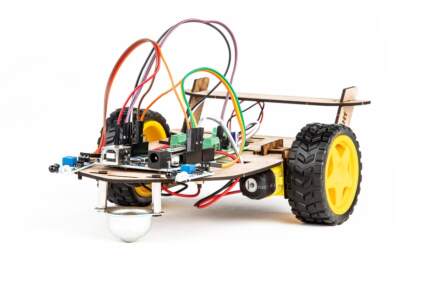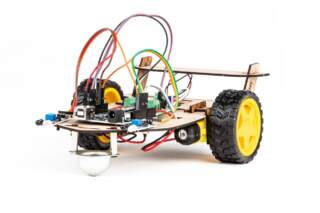When it comes to ensuring the safety of our little ones while traveling, selecting the right toddler car seat is one of the most important decisions a parent can make. With countless options on the market, various regulations, and evolving technologies, the process can be overwhelming. This comprehensive guide aims to simplify the selection process, empowering parents to make informed choices for their children’s safety.
Understanding the Importance of Car Seats
Car seats are crucial for protecting toddlers during car travel. According to the National Highway Traffic Safety Administration (NHTSA), car crashes are one of the leading causes of injury and death among children. Properly using a car seat significantly reduces the risk of serious injury. A toddler car seat is specifically designed to accommodate the unique physical characteristics of toddlers, such as their fragility and developing musculoskeletal system. For infants and young children, a correctly installed car seat can mean the difference between life and death in the event of an accident. Therefore, understanding the types, features, and correct usage of toddler car seats is vital for every parent.
Types of Toddler Car Seats
When selecting a toddler car seat, it’s essential to understand the various types available, as each serves a different purpose and meets different stages of a child’s development:
1. Rear-Facing Car Seats
Rear-facing car seats are recommended for infants and toddlers up to a certain weight and height limit, typically until they are around two years old or until they exceed the car seat’s height and weight specifications. In this position, the car seat provides crucial support to the child’s head and neck during a crash, reducing the risk of injury. Many models transition from rear-facing to forward-facing as your child grows, allowing parents to maximize usage.
2. Forward-Facing Car Seats
Once your child outgrows their rear-facing seat—and only after they have reached the necessary age, weight, and height requirements—they can transition to a forward-facing car seat. These seats come equipped with a harness system that provides security. Forward-facing seats often have higher weight limits than rear-facing models, allowing for extended use as your child grows.
3. Convertible Car Seats
Convertible car seats are versatile options that can be used both in rear-facing and forward-facing positions. They are ideal for parents seeking longevity from their car seat investment. Depending on the model, these seats can accommodate toddlers from birth up to 65 pounds or more, making them a popular choice for parents looking to maximize value without compromising safety.
4. Booster Seats
Once children exceed the weight and height limits for forward-facing seats, they can transition to booster seats, which position the child so that the vehicle’s seat belt fits properly. Booster seats typically use the car’s seat belts for security, making them a critical step before children are ready to use the vehicle’s seat belt alone.
Safety Features to Consider
When selecting a toddler car seat, safety features should be a top priority. Here’s a breakdown of important characteristics parents should look for:
1. Five-Point Harness
Choose a toddler car seat with a five-point harness system, as it securely holds the child at the shoulders and hips, thus distributing crash forces over a larger area. This type of harness is essential for ensuring optimal safety throughout your child’s development.
2. Side Impact Protection
Look for car seats with enhanced side impact protection. Features like energy-absorbing foam, adjustable head support, and reinforced sides will help protect the child’s head and torso in the event of a side collision.
3. Ease of Installation
A car seat that is easy to install reduces the chances of incorrect usage, which is a common cause of injury. Many models come with LATCH systems or built-in indicators to let parents know the seat is correctly installed.
4. Expiration Dates and Recalls
All car seats come with an expiration date typically found on the label or user manual. Parents should adhere to these timeframes to ensure optimal safety. Furthermore, staying informed about product recalls is essential. Many brands or retailers have systems in place to notify consumers of product recalls, and parents should regularly check back for updates.
5. Comfort and Fit
A car seat needs to be comfortable for the child over long journeys. Look for padded seats with breathable fabric. Consider the current and future size of your toddler; a car seat that fits snugly without restrictive padding will minimize discomfort and agitation on trips.
Conclusion
Choosing the right toddler car seat is a vital step in ensuring the safety of our children during travel. Parents must consider several factors, including the type of car seat, safety features, and ease of installation. Understanding the stages of car seat usage—from rear-facing to booster seats—empowers parents to navigate this essential decision with confidence. Investing in a quality car seat is not merely a choice but a commitment to safeguarding your child’s well-being. By following the guidelines in this comprehensive guide, parents can make informed and thoughtful decisions, paving the way for safe travels and peaceful journeys with their little ones.










Leave a Comment